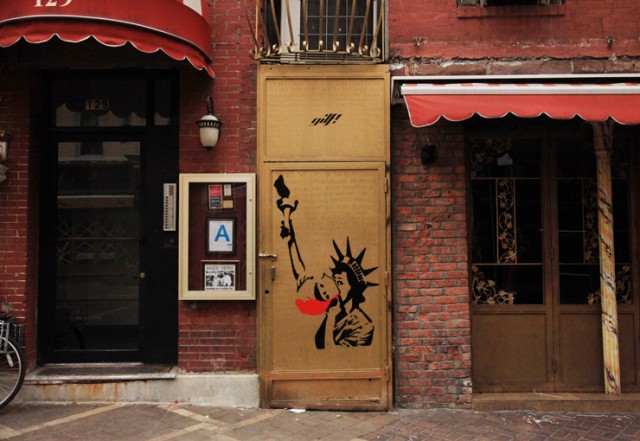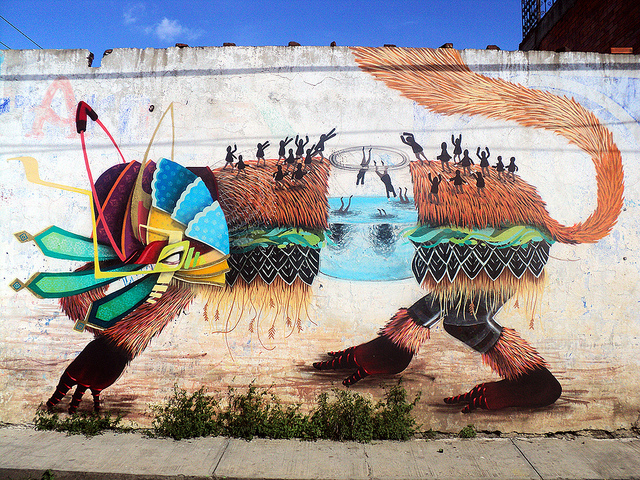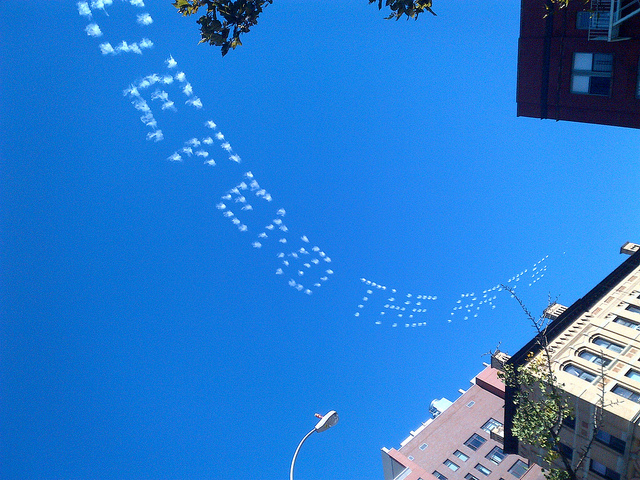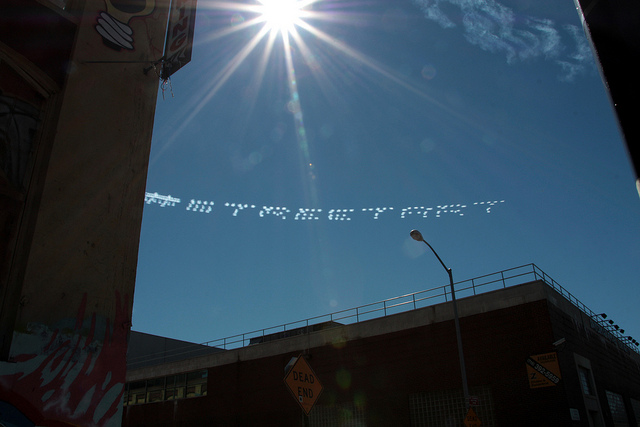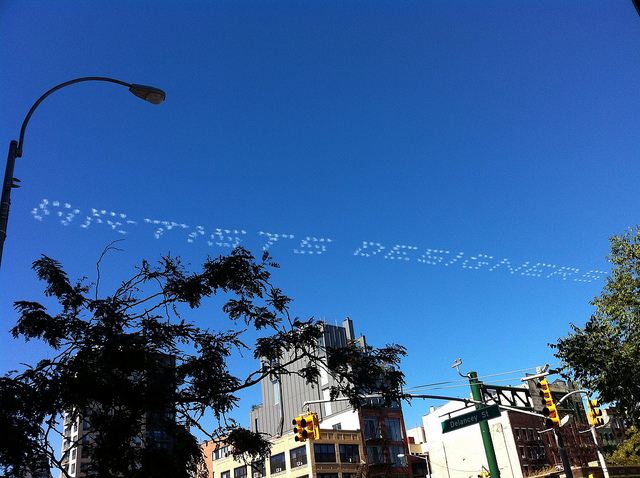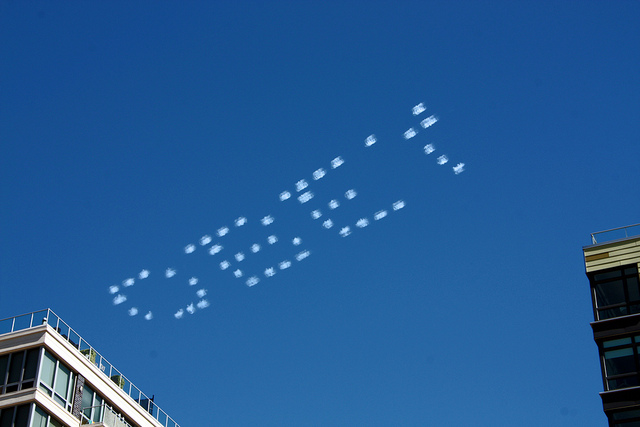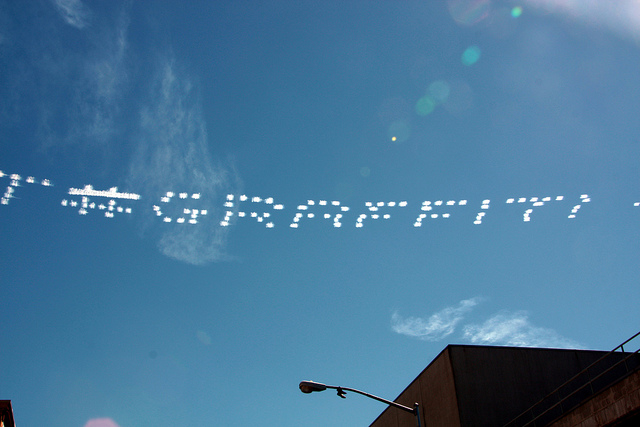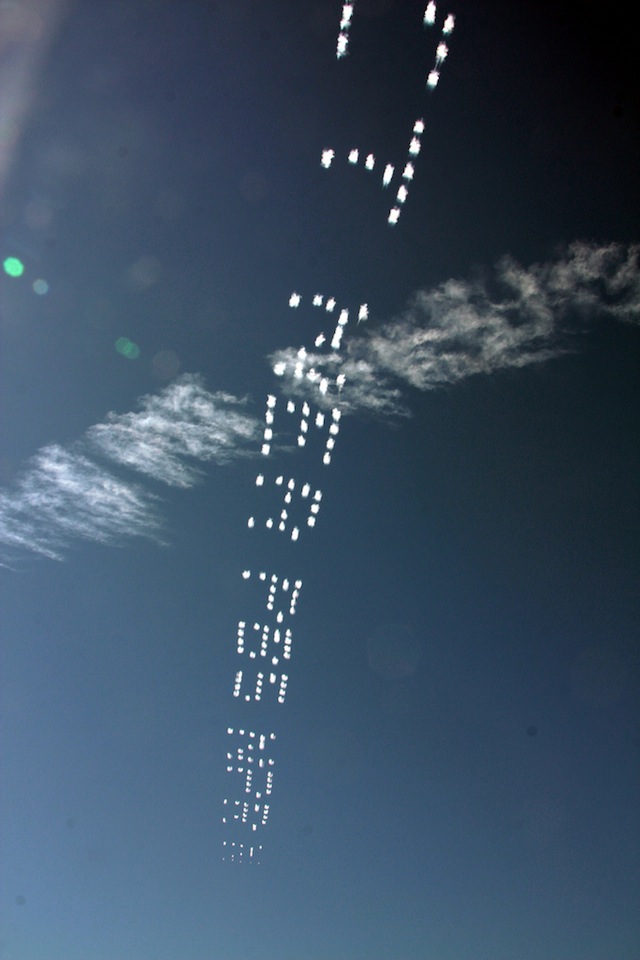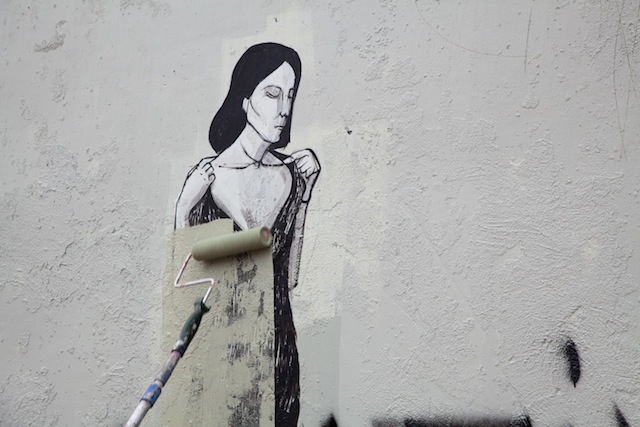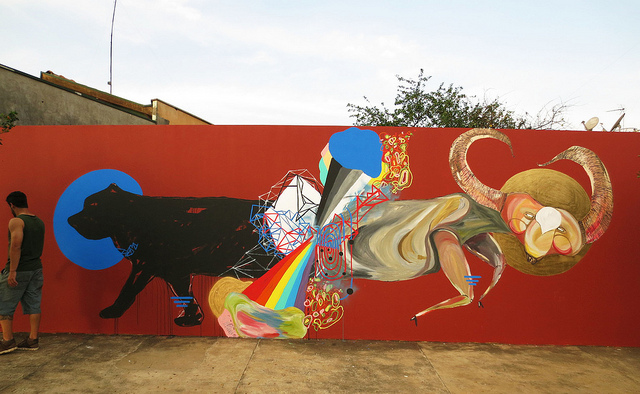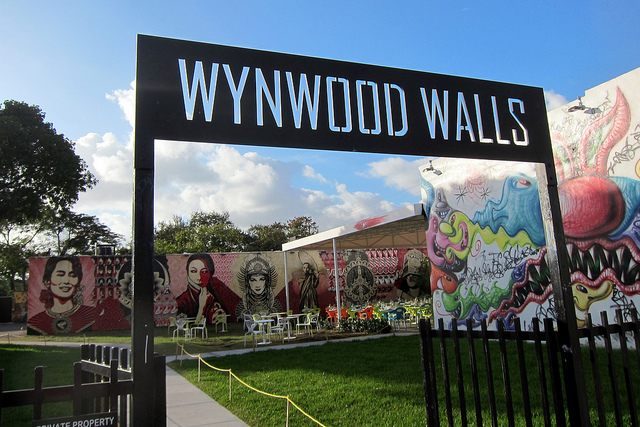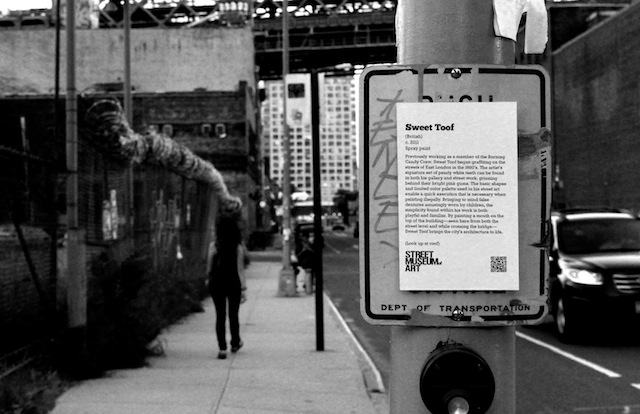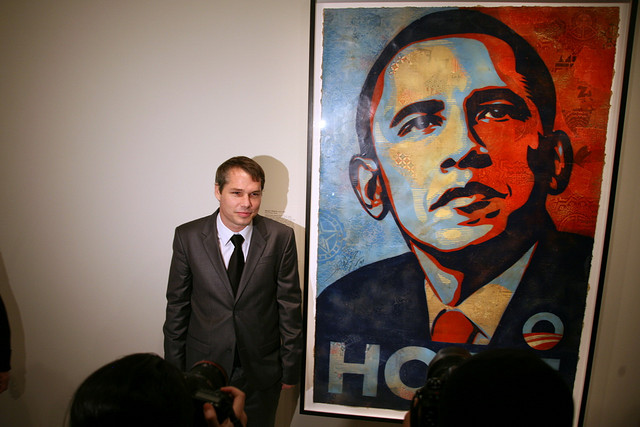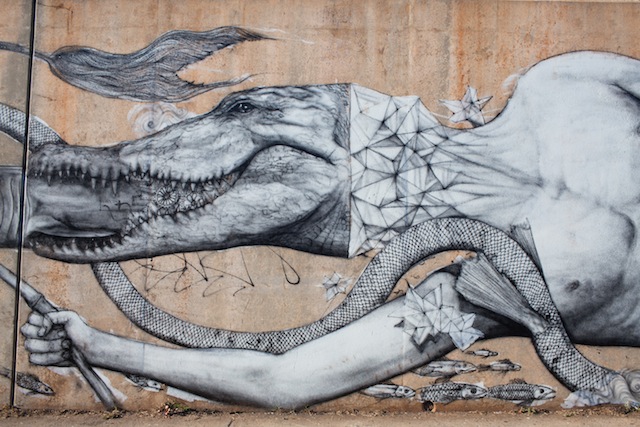
Update: Creative Loafing has done a more extensive article on what’s gone on and is going on with the mural as more facts have become more clear. This one is probably the article to read.
Last week, there was a petition started to save Roti‘s beautiful mural for Living Walls Atlanta. The petition got over 1500 signatures from around the world, but signatures don’t mean much against a paintbrush. Last week, a handful of upset Atlanta residents went to the wall and illegally buffed it (very poorly) in broad daylight. Later that day, volunteers and employees of the Georgia Department of Transportation (who own the wall) came to help remove the paint. Creative Loafing has the full stories.
Two things that I see as problematic interesting here:
- The mural was painted legally and buffed illegally. I think that sort of speaks for itself.
- The mural was buffed by some percentage of the local residents, and while other local residents support the mural, at least some of the signatures on the petition to save the mural are from people who don’t live nearby or even in the City of Atlanta. What right do we or Living Walls or GDOT have to say “We’re putting this mural here and you’d better like it.”? I think just going ahead and doing it is generally a much better way of putting up murals than months of community meetings. Once the mural is up though and if the community hates it, what should be done? I think it’s ridiculous to have a blank beige or grey wall in that spot rather than Roti’s beautiful figures, but I have never in my life had to drive by that wall on my way to work. Maybe that’s what people in the area want. That said, just because a few residents decided that they disliked the mural enough to go and paint over it does not mean that all the nearby residents or the residents of Atlanta hated the mural. And I haven’t heard any real reason why just going out and vandalising the mural was the step that had to be taken rather than holding some community forums to see what the general consensus was. I’m not saying that this mural should have been buffed (I signed the petition to save it) or that the angry activists who buffed the wall went about things the right way, but I think it’s worth thinking about, particularly, in this era of new muralism coming out of street art, how we can best balance the interests of the arts community and the local community. Thoughts?
Photo by Dustin Chambers

